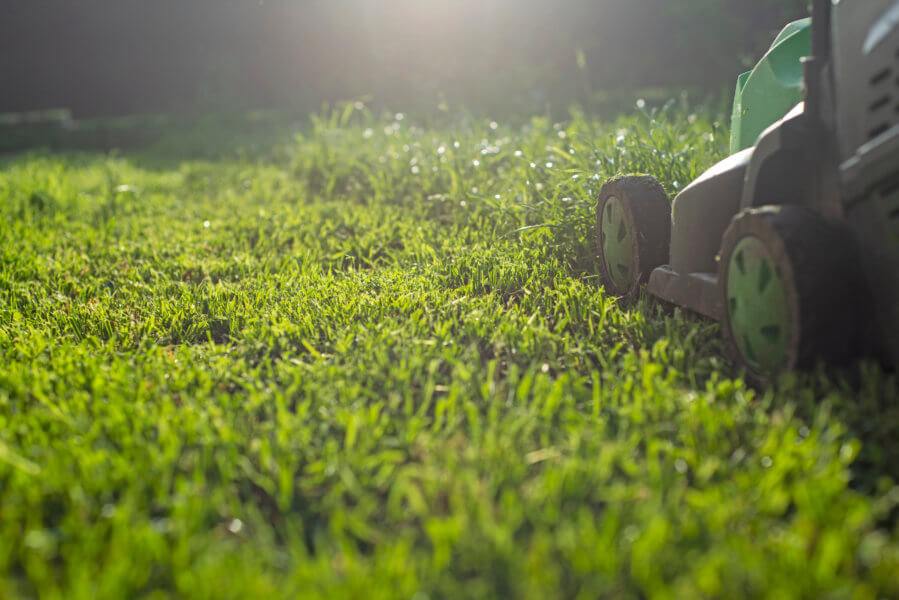
Fall Sod Care: Preparing Your Lawn for a Healthy Winter
Florida lawns don’t usually experience the harsh weather conditions that threaten sod in many other states. However, the Sunshine State does face many of the same ones, along with a few of their own. Sunshine, hot temperatures, and constant breezes can turn your lawn into a jungle in the summer, and winters can sometimes be unpredictable and damaging to delicate grasses.
Preparing your lawn in the fall can help protect it during the winter, but the steps can be confusing. The good news is that preparing your sod installations for a healthy winter in Florida may be easier than you think.
How to Prepare Your Soil and Lawn Now to Help it Stay Healthy this Florida Winter Season
Darker, cooler days of winter can take a toll on your lawn or sod replacement, especially without proper lawn preparation during the fall. What you do to your St. Augustine sod or other types of sod in the fall can affect the health of your lawn during the winter.
Understand the grass growing cycle in Florida
Florida lawns typically use warm-season grasses, which grow best in hot, humid weather. These grasses grow best from spring through early fall and then go dormant during the winter. Autumn’s drier air, shorter days, and cooler temperatures, especially overnight temperatures, trigger dormancy.
While you can keep your lawn green and growing later by watering extensively, your sod may appreciate the short rest from the rigors of the growing season. Help your lawn transition through the seasons by protecting the leaves and the roots of your grass.
Keep the grass a little longer than you do in the summer
Roots are sensitive to cold temperatures. Longer grass helps protect the roots during cold snaps.
To keep your established lawn or sod replacement at a healthy height, raise your mower blade and mow less frequently.
Water less frequently
The intense heat of summer dries out grass, so you must water your lawn frequently. As things cool off through autumn and winter, grass needs less moisture.
Give your grass what it wants by tapering the amount and frequency of your watering. A rain gauge can help you determine how much water your sod needs – aim for about an inch per week. By winter, your lawn will need water once every two weeks or so until it goes dormant.
Fertilize just a little and at the right time
Your lawn gobbles up fertilizer during the spring and summer, as grass needs the right combination of warmth and nutrients to grow well. You’ll want to avoid fertilizing late in the fall and winter, though, as the extra nutrients might cause the grass to grow at the wrong time of year. This can also cause the grass to become sensitive to cold temperatures. Plants can’t absorb as much fertilizer in the winter as in the summer, so the excess ends up in your local wastewater.
Slow down your fertilization in the early part of fall and quit altogether before the season’s end. When you do fertilize, use a high-potassium fertilizer. Potassium helps grass withstand stress, drought, and disease associated with winter’s cold, dark days. It can also help your sod spring back to life when the weather warms up.
Use a fertilizer that is low in nitrogen
Nitrogen helps grass grow thicker, stronger, and greener – which is excellent during the growing season but not so great when your lawn is supposed to be dormant. The nutrient also “wakes up” grass and interferes with the dormancy process.
Triggering growth at the wrong time can make grass vulnerable to cold injury and damage from frost or freeze. You may not notice the damage until spring, when sections of your lawn don’t green up.
Consult with Your Sod Supplier in Florida
Keeping sod healthy throughout the year requires advanced knowledge about growing sod in Florida. The experts at Duda Sod understand the science behind maintaining quality sod in the unique conditions of the Sunshine State.
For more information about preparing your lawn for a healthy winter, consult with Duda Sod. We’re always glad to help!